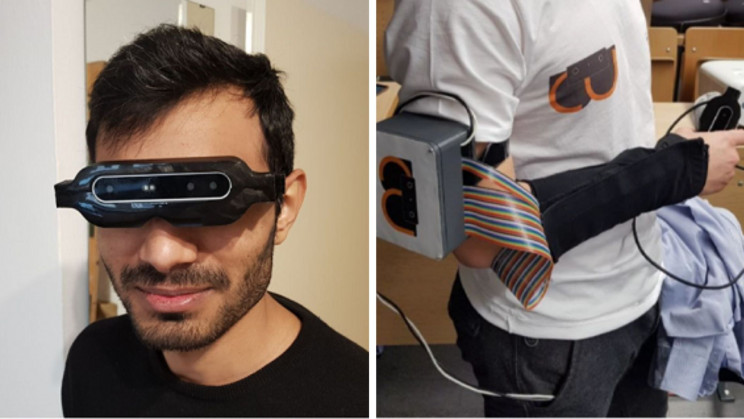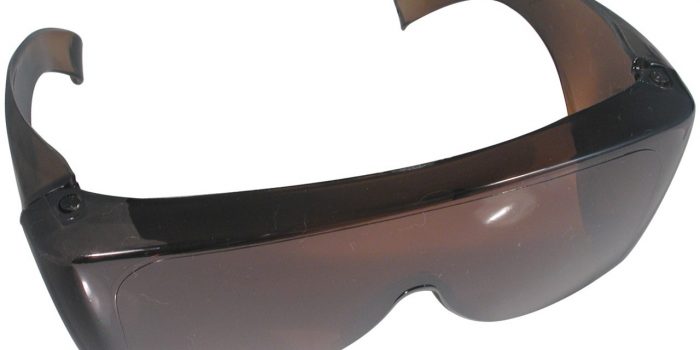The usage of infrared goggles and an assemblage of vibrating pads altogether can be used to aid blind people to detect and feel obstacles around them. Similarly, according to The Independent, scientists from the Technical University of Munich have developed infrared goggles that can aid visually impaired people with the usage of vibrating pads.
By fixing the vibrating pads with the forearms of blind people, the new technology lets the users keep their hands free while they move. Many blind patients are seen using a cane while walking. By the usage of this technology, there is no need for them to use their hand to lift up a cane.

In a recent study, it was demonstrated that the researchers Manuel Zahn and Armaghan Khan wrote, “although the cane allows good detection of objects in the user’s immediate vicinity, it lacks the ability to detect obstacles further away.” Now, their new tool “demonstrates a promising approach towards using technology to enable more independence for the visually impaired.”
This new appliance uses a pair of infrared cameras fitted into 3D-printed goggles. These cameras are capable of capturing a stereoscopic image that can be sent to a small computer that creates a map of the user’s surrounding area. This map is then programmed into a 2D vibration array on a haptic feedback sleeve with a total of 25 actuators, that can transmit the information to the users through the vibration pads on their forearms. Such haptic feedback sleeve vibrates slightly when the user is approaching anything. Users can also navigate in darkness because the goggles are using infrared cameras.

When the tests were performed, it was seen that volunteers were able to navigate the hurdles accurately with up to 98% accuracy. The study explains, “All users were able to complete the task and showed performance improvement over multiple runs.”
Many other advancements have been brought to aid visually impaired people. In November, last year, the 3D-printed prosthetic eye was fitted to a patient in the UK. State-of-the-art technology is being used to aid blind patients by providing them with advances in bionic vision systems.


